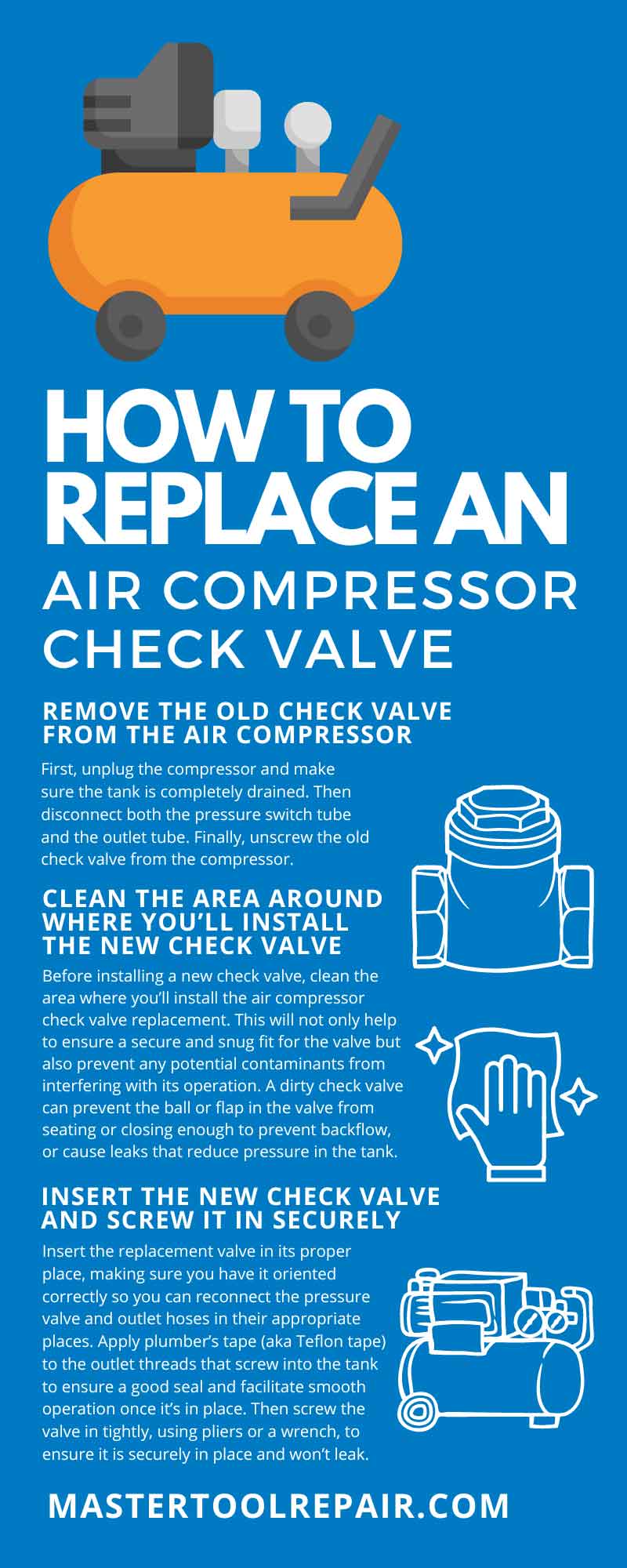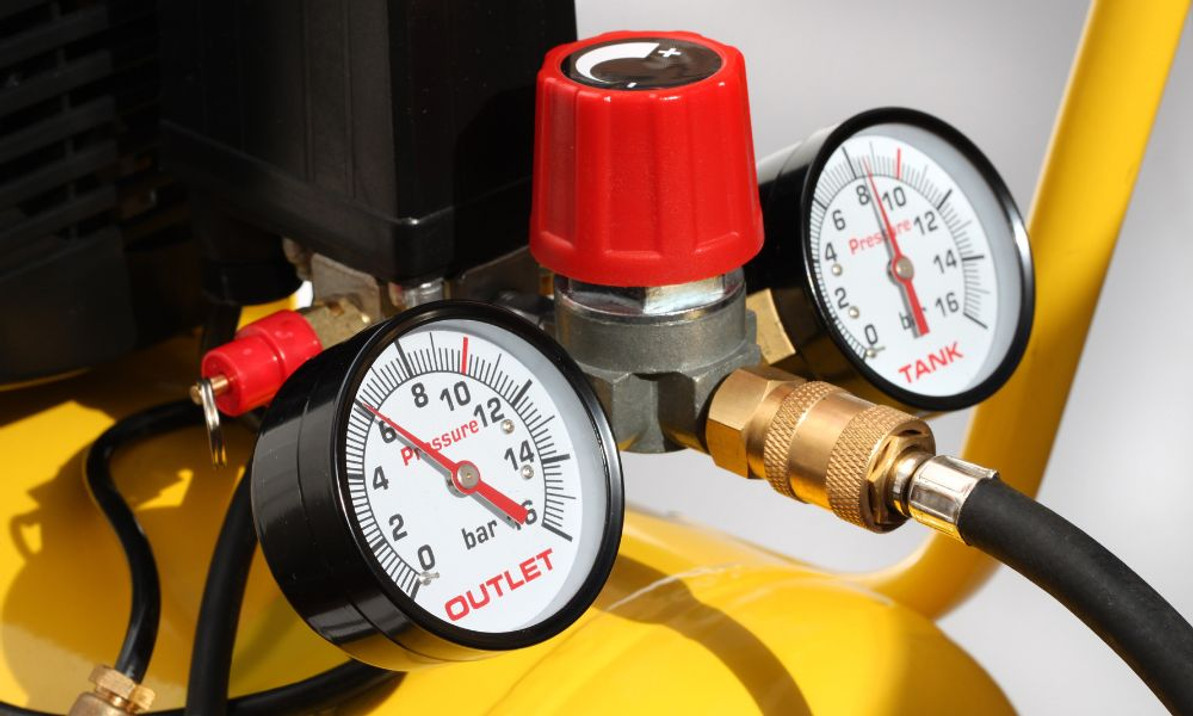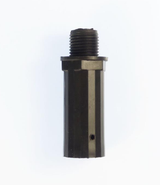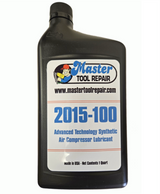How To Replace an Air Compressor Check Valve
If you’re a small business owner or a DIYer who uses an air compressor regularly, it’s inevitable that, eventually, you’ll need to replace essential components, including the check valve. This job isn't too difficult, but it can be dangerous if not done correctly, and faulty repairs can even void your warranty.
Learn how to replace an air compressor check valve correctly — with all the necessary precautions and tips.
Understand the What and Why of Air Compressor Check Valves
The check valve is a crucial component that plays a significant role in your air compressor. It makes sure air goes in one direction, and prevents backflow, ensuring that your air compressor runs smoothly and efficiently.
Without a properly functioning check valve, you risk damaging your compressor and causing costly downtime. By understanding the importance of this essential part, you can ensure that your compressor operates at its best, providing a reliable and consistent air supply whenever you need it.
How an Air Compressor Check Valve Works
Compressing air to provide force to pneumatic tools and other machinery is an air compressor’s job. But that job puts significant strain on the components of the air compressor, particularly the check valve.
At its core, an air compressor check valve is a simple device that performs a critical function within the compressor. The check valve serves as a one-way gate, allowing compressed air to flow in one direction while preventing it from flowing in the wrong direction.
When the compressor pump runs, it forces air through the check valve and into the tank, which builds up pressure until it reaches the desired level (PSI). The check valve automatically closes once the pressure is high enough, preventing air from flowing in reverse, and the pump shuts off. When the pressure goes lower than the desired setting because tools have used the compressed air to drive nails or spray paint, the motor switches back on until the pressure builds up again.
The check valve ensures that the compressor does not have to work harder than necessary to maintain pressure, which can cause excess wear and tear on the motor and other components.
Symptoms of a Faulty Air Compressor Check Valve
A worn or damaged air compressor check valve can cause various problems for your air compressor. A common symptom is air leaking out of the unloader (bleeder) valve when the compressor shuts off. The cause of this may be a faulty or damaged check valve, which allows air to escape from the tank and causes pressure to drop. Additionally, you may see that your tank is losing pressure over time, even when the compressor is not running. This could also indicate a failing check valve.
Another common symptom of a malfunctioning check valve is unusual noises. If you hear any strange sounds coming from your air compressor, it could indicate that your check valve needs to get replaced. Additionally, when you notice that your compressor isn't reaching its full pressure or running as efficiently as it used to, this could also be a sign of a faulty check valve.
It's important to diagnose and replace a damaged check valve as soon as possible to prevent further damage to your machine and reduce downtime. Address a faulty check valve immediately to keep it running smoothly and efficiently.
If your machine exhibits any of these symptoms, the next step is to learn how to replace an air compressor check valve.
Gather the Necessary Tools and Materials
To replace a check valve, you'll need a compatible replacement valve, a wrench or adjustable pliers to loosen and remove the old one, compression nuts and sleeves, or clamps (whichever is applicable), and manufacturer-recommended lubricant for your new valve. By gathering all of the necessary items beforehand, you can save yourself time and hassle in the long run.
Remove the Old Check Valve From the Air Compressor
First, unplug the compressor and make sure the tank is completely drained. Then disconnect both the pressure switch tube and the outlet tube. Finally, unscrew the old check valve from the compressor.
Clean the Area Around Where You’ll Install the New Check Valve
Before installing a new check valve, clean the area where you’ll install the air compressor check valve replacement. This will not only help to ensure a secure and snug fit for the valve but also prevent any potential contaminants from interfering with its operation. A dirty check valve can prevent the ball or flap in the valve from seating or closing enough to prevent backflow, or cause leaks that reduce pressure in the tank.
Insert the New Check Valve and Screw It in Securely
Insert the replacement valve in its proper place, making sure you have it oriented correctly so you can reconnect the pressure valve and outlet hoses in their appropriate places. Apply plumber’s tape (aka Teflon tape) to the outlet threads that screw into the tank to ensure a good seal and facilitate smooth operation once it’s in place. Then screw the valve in tightly, using pliers or a wrench, to ensure it is securely in place and won’t leak.
Reconnect the Tubes
Ensure you’re reattaching the right tube to the correct points on the new air compressor check valve. If the tubes were secured with clamps, replace those clamps to ensure both the pressure switch tube and the outlet tube have a tight grip on the check valve. If the tube is attached with compression nuts and sleeves, replace the compression sleeves, install the compression nut, and fasten it to the check valve inlet.
Turn On Your Air Compressor and Test That the New Check Valve Is Working Properly
When you’re confident the new air compressor check valve is in place, with a tight seal, reattach the tube securely, plug your unit back in, and turn it on. Wait to see if the tank pressurizes correctly, and the motor turns off when the gauge reaches the desired psi.
Replacing an air compressor check valve isn’t complex: it just requires focused attention and common sense safety precautions like disconnecting the machine from electricity and draining the tank before disconnecting and replacing old components.
If you’re not sure what brand of air compressor check valve will fit your machine, or you’re nervous about attempting a replacement, consult the experts at Master Tool Repair. We specialize in air compressor parts, and we can help you find the right component and guide you in repairing your machine to keep it running longer.

Recent Posts
-
The Breath of the Pump: Why Your Air Compressor Needs a Healthy Crankcase Breather/Vent
Your air compressor is a powerhouse, a workhorse essential to your operation. We all know the import …Dec 4, 2025 -
The Quiet Killer: How a Clogged Air Compressor Filter Destroys Your Pump
A well-maintained air compressor is the lifeblood of your workshop or job site. It runs reliably, re …Nov 19, 2025 -
The Benefits of Synthetic Air Compressor Oil: Why It's Worth the Investment
Your air compressor is a powerhouse, an indispensable tool that keeps your business running. Yet, th …Nov 11, 2025




